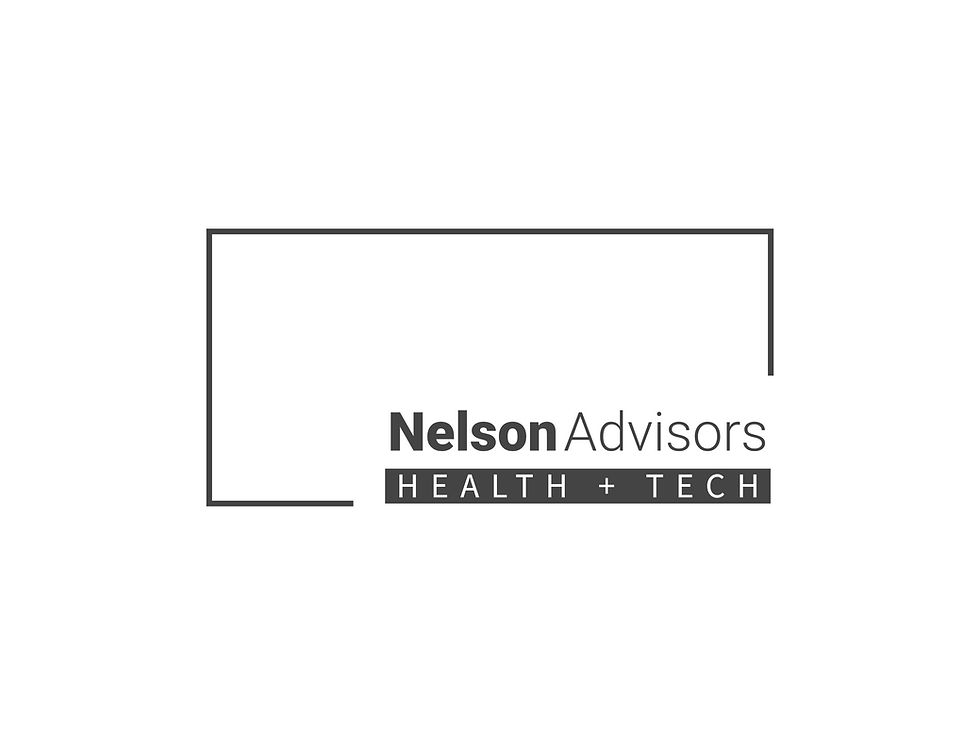TeleHealth 1.0 is dead. Long live TeleHealth 2.0
- Lloyd Price
- May 18, 2024
- 4 min read

Exec Summary:
TeleHealth 1.0 is Generalist TeleHealth, TeleHealth 2.0 is Specialist TeleHealth.
The focus is shifting towards TeleHealth that offers a more specialised and tailored approach to patient care. This doesn't negate the role of generalists, but emphasises the value of specialists in specific areas.
There's been a lot of talk about the decline of TeleHealth recently. Some experts are saying that TeleHealth 1.0, which was basically just a way to have one-off video chats with doctors, is no longer enough.
There are a few reasons for this.
First, as the urgency of the pandemic has lessened, people are more willing to go back to in-person doctor visits for some things. Second, some of the early TeleHealth companies weren't very profitable, and they're now struggling to stay afloat.
However, that doesn't mean that TeleHealth is dead altogether. Many experts believe it's here to stay, but that it's going to evolve into a more integrated part of the healthcare system. This might mean things like:
More focus on chronic disease management: TeleHealth can be a great way for people with chronic conditions to stay connected with their doctors and manage their health.
Better integration with electronic health records: This would make it easier for doctors to share information and coordinate care.
The rise of hybrid models: This would combine TeleHealth with in-person visits.
TeleHealth is likely to be around for the long haul, but it's going to look different than it did in the early days of the pandemic.
Mergers, Acquisitions, Growth and Strategy for Healthcare Technology companies
HealthTech M&A - Buy Side, Sell Side, Growth & Strategy services for companies in Europe, Middle East and Africa. Visit www.nelsonadvisors.co.uk
HealthTech M&A Newsletter from Nelson Advisors - HealthTech, Health IT, Digital Health Insights and Analysis. Subscribe Today! https://lnkd.in/e5hTp_xb
Healthcare Technology Buy Side, Sell Side, Growth & Strategy services for Founders, Owners and Investors. Email lloyd@nelsonadvisors.co.uk
Healthcare Technology Thought Leadership from Nelson Advisors – Market Insights, Analysis & Predictions. Visit https://lnkd.in/ezyUh5i

The Future of TeleHealth: TeleHealth 2.0
Telehealth 2.0 is expected to be a more comprehensive and data-driven approach to remote healthcare. Here are some key features of TeleHealth 2.0:
Chronic disease management: Regular remote monitoring will be a cornerstone of Telehealth 2.0, allowing patients with ongoing health conditions to track vitals and receive support from healthcare providers remotely. This could involve Bluetooth-enabled devices for blood pressure, glucose monitoring, and even mental health tracking through wearables.
Data integration: Seamless exchange of information between doctors, specialists, and other healthcare providers through electronic health records (EHR) will be crucial. This will allow for a more unified view of a patient's health and better care coordination.
Hybrid models: Telehealth 2.0 likely won't replace in-person visits entirely. Instead, it's expected to complement them. We might see a blend of virtual consultations for routine checkups or follow-ups, with physical visits reserved for procedures or situations requiring a hands-on examination.
AI and advanced analytics: Telehealth 2.0 might leverage artificial intelligence to analyze patient data and health vitals collected remotely. This could allow for early detection of health issues, preventive measures, and personalised treatment plans.
Focus on preventative care: Telehealth 2.0 could play a significant role in preventative healthcare by enabling remote health screenings, medication adherence monitoring, and educational resources for patients to manage their health proactively.
Overall, Telehealth 2.0 is poised to transform healthcare delivery by offering a more patient-centered, data-driven, and preventive care approach.

Generalists vs. Specialists: TeleHealth 1.0 v TeleHealth 2.0
The key differences between generalist and specialist TeleHealth companies can be identified as follows:
Broader Scope, Thinner Expertise: Generalist TeleHealth companies cater to a wide range of health concerns. While convenient, this might not provide the in-depth care needed for complex conditions. Patients might prefer specialists with a deeper understanding of their specific needs.
Limited Diagnostics and Procedures: General TeleHealth consultations often lack the ability to perform thorough physical examinations or complex procedures. This can be a limitation for many health issues. Specialists might have access to more advanced diagnostics or be able to perform procedures remotely for specific conditions.
Challenges for Generalists:
Building Trust: Establishing trust with patients remotely can be more challenging for generalists who haven't built a pre-existing patient relationship. Specialists, often seen in-person beforehand, might have an advantage here.
Focus on Simple Issues: General TeleHealth consultations might be well-suited for addressing common, non-urgent concerns. However, for complex or chronic conditions, specialists with a tailored approach might be preferred.
The Rise of TeleHealth Specialists:
Fulfilling a Niche: TeleHealth specialists are emerging to address specific areas like dermatology, mental health, or cardiology. This allows for more focused consultations, potentially leading to better patient outcomes.
Leveraging Technology: Specialists are increasingly utilising specialised telemedicine platforms that incorporate relevant diagnostic tools or remote monitoring capabilities for their field.

TeleHealth 2.0 Companies
While the term "Telehealth 2.0" is still evolving, there are companies that are incorporating elements of this next-generation telehealth vision. Here are a few examples:
Firefly Health: This company offers employer-sponsored health plans that focus on digital-first primary care. They leverage remote monitoring tools and prioritise preventative health measures.
Livongo: (Recently acquired by Teladoc Health) Livongo specializes in chronic disease management, specifically targeting diabetes. They provide patients with connected devices, coaching, and educational resources to manage their condition remotely.
Thriveworks: This company focuses on mental health services. They offer online appointment scheduling, video consultations with therapists, and medication management tools, all accessible through a user-friendly platform.
DarioHealth: This company provides a comprehensive remote patient monitoring system for chronic conditions like diabetes and hypertension. They combine connected devices, personalised coaching, and analytics to empower patients with self-management tools.
It's important to note that these are just a few examples, and the Telehealth 2.0 landscape is constantly evolving. Many established telemedicine companies are also likely to integrate aspects of Telehealth 2.0 into their offerings as the field progresses.
Mergers, Acquisitions, Growth and Strategy for Healthcare Technology companies
HealthTech M&A - Buy Side, Sell Side, Growth & Strategy services for companies in Europe, Middle East and Africa. Visit www.nelsonadvisors.co.uk
HealthTech M&A Newsletter from Nelson Advisors - HealthTech, Health IT, Digital Health Insights and Analysis. Subscribe Today! https://lnkd.in/e5hTp_xb
Healthcare Technology Buy Side, Sell Side, Growth & Strategy services for Founders, Owners and Investors. Email lloyd@nelsonadvisors.co.uk
Healthcare Technology Thought Leadership from Nelson Advisors – Market Insights, Analysis & Predictions. Visit https://lnkd.in/ezyUh5i





















































Commentaires